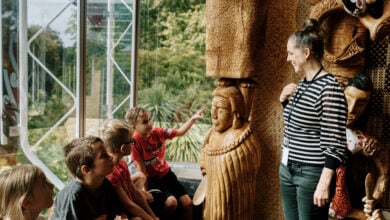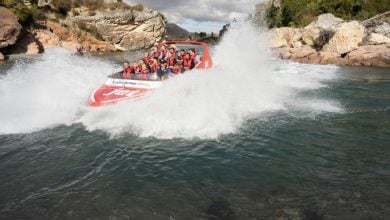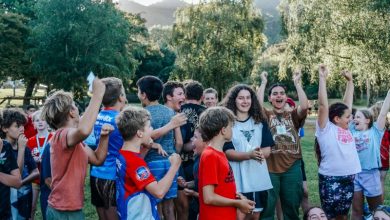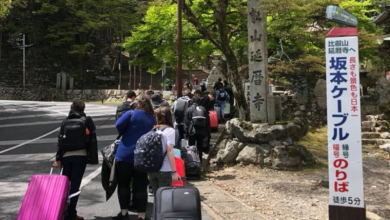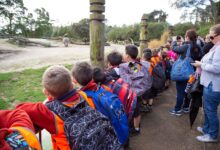Don’t let your camp become a horror story!
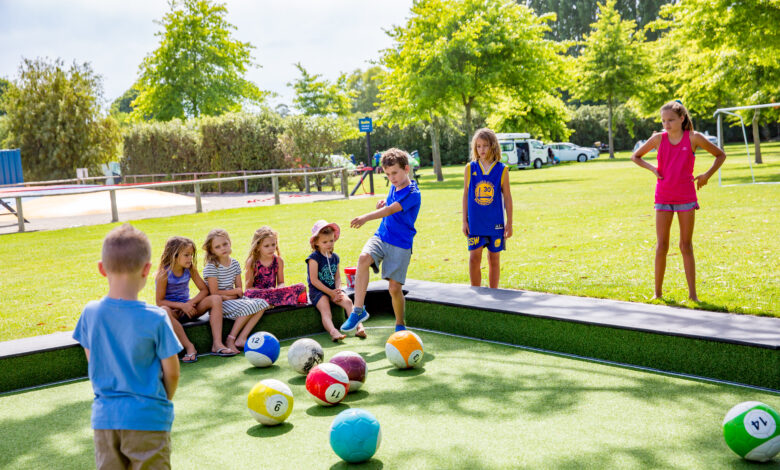
Having members of the fire service wading through rising waters to rescue your group from a flash flood during camp and featuring on national news the next morning surely isn’t on anyone’s list of camping ‘must-dos!
Live pictures of dozens of primary pupils huddled together in a nearby farmer’s barn being beamed across the country, was however, the reality for one school camp.
There is no accounting for the weather, and scenarios hard to envisage when planning, can and do happen. In this particular camp, all children and staff were safe, if a little shaken from having to scramble onto top bunks in their dormitories in the dark as the flood waters rose rapidly. Staff acted swiftly, called for help early and everyone got out. They couldn’t have accounted for what happened that night, but good planning and quick action saved the day.
The key to preventing disaster and creating a positive camp experience is in the planning, as well as the execution. Get it right and you’ll create positive memories for children to share – whatever the weather!
The activities on camp are often the most enjoyable part of the experience for students. Team building challenges are popular and productive, caving, rope courses, kayaking, go-karting, sailing, rafting, and bush survival lessons. Camps should provide trained instructors for these specialist pursuits, while parents could step in to help teach camp cooking skills, weaving, or learning how to light a fire – age appropriately, of course.
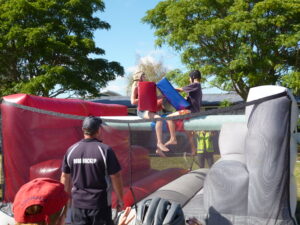
Whether you choose tents, huts, or bunks in dormitories, open air shelters or more well-catered cabins will depend on age, stage, desired outcomes, and budget. It is important to find the balance between comfort and challenge, while allowing students of all abilities to feel supported, which isn’t always easy! Some children may not have ventured beyond their family homes for a night before.
Depending on the camp, in-house kitchen catering facilities may be available or, either way, external suppliers can be employed. Key points to remember in cooking for yourselves are the number of helpers needed, people available to go grocery shopping, the amounts of non-perishables needed and what can be transported versus what needs to be bought nearby – and where fresh items can actually be bought locally.
Special dietary requirements of campers – adults and children – need to be catered for and strict hygiene rules adhered to. No one wants upset stomachs, especially not on camp.
Talking of health and safety, it goes without saying that this is paramount. Risk management is serious business and should be treated as the number one priority in any camp planning.
There are organisations schools can turn to if planning a camp feels like it’s falling in the too hard basket and schools need to weigh up the cost of this versus the impact of running the show internally. Providing equipment lists, jobs lists, having plenty of hands on deck, being well supplied, encouraging high morale among helpers and considering accessibility for a range of students are all necessary to keep front of mind when choosing the latter option.
The stakes are high, but with the right planning and attitude, so is the fun!


